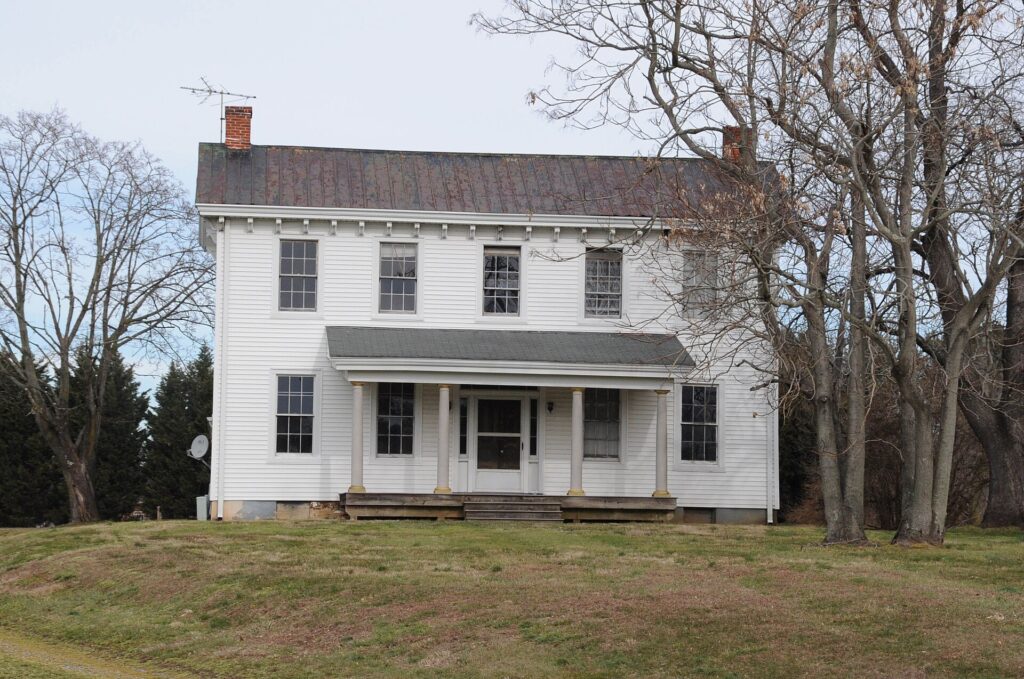
Moving to Bear, Delaware: A Comprehensive Relocation Guide
Considering moving to Bear, Delaware? Once a rural crossroads, Bear has grown into a convenient New Castle County suburb with family-friendly neighborhoods, easy commuting, and access to major employers. This 2025 relocation guide covers demographics, costs, schools, jobs, healthcare, transportation, and lifestyle so you can make an informed decision about moving to Bear.
Demographic Profile to Consider If Moving to Bear:
Bear is an unincorporated community just south of Wilmington and northeast of Newark with a population in the tens of thousands spread across established subdivisions and newer developments. Its location near I-95, DE-1, and US-40 places residents within a short drive of Wilmington’s business district, the University of Delaware in Newark, and regional shopping corridors. Neighborhoods feature a mix of single-family homes, townhomes, and low-rise apartments, attracting first-time buyers, growing households, and professionals seeking suburban convenience. Find trusted local services for moving, living, and working in Bear.Bear Relocation Directory
Cost of Living to Consider If Moving to Bear:
In 2025, Bear remains competitively priced for the Mid-Atlantic. Median home values hover in the mid-$300Ks, with rents generally below larger metro averages. Delaware’s lack of sales tax helps stretch day-to-day budgets, while property taxes are typically lower than nearby states. Utility costs track close to national norms, and residents find good value in newer construction with modern amenities.
Economy and Job Market:
Many Bear residents commute to Wilmington’s finance and legal sectors or to Newark’s education and healthcare hubs. Major regional employers include ChristianaCare, JPMorgan Chase, Bank of America, and the University of Delaware, alongside logistics, warehousing, and retail along the I-95/Route 40 corridors. The hybrid/remote trend provides additional flexibility for Bear’s professional workforce.
Education:
Bear is primarily served by the Christina and Colonial school districts, offering neighborhood elementary schools, magnet/choice options, and advanced academics. Nearby higher education includes the University of Delaware, Wilmington University, and Delaware Technical Community College, supporting transfer, certificate, and bachelor’s pathways.
Recreation and Lifestyle:
Outdoor life centers on Lums Pond State Park—Delaware’s largest freshwater pond—with hiking, kayaking, camping, and zip-line adventure courses. Glasgow Park provides playgrounds, dog areas, and weekly community events. Retail plazas, local restaurants, and weekend farmers markets add convenience, while short drives reach Christiana Mall, tax-free outlets, and Wilmington’s Riverfront arts and dining.
Healthcare and Services:
Comprehensive care is available at ChristianaCare’s Christiana Hospital campus in Newark, supported by urgent care, specialty clinics, and pediatric services across New Castle County. Pharmacies, dental practices, and primary-care groups are widely distributed near Bear’s major corridors.
Transportation:
Bear sits minutes from I-95, DE-1, and US-40 for fast north–south and beach-bound travel. Regional buses from DART First State connect to Wilmington, Newark, and park-and-ride lots. Wilmington and Newark stations provide Amtrak and SEPTA rail links to Philadelphia, Baltimore, and beyond; PHL and BWI are the primary airports for national/international flights.
Conclusion:
Moving to Bear, Delaware, in 2025 offers a balance of affordability, access, and amenities. With strong regional employment, abundant parks, and convenient shopping and services, Bear appeals to households seeking suburban comfort with big-city connections.

